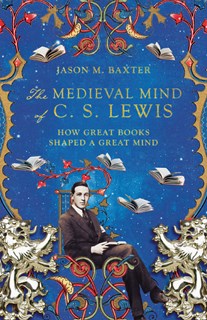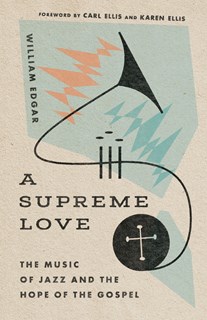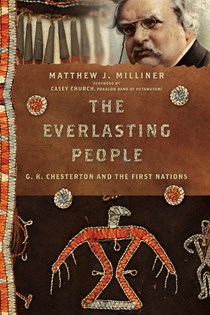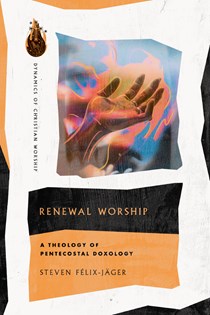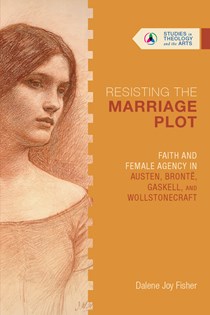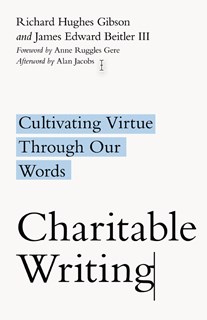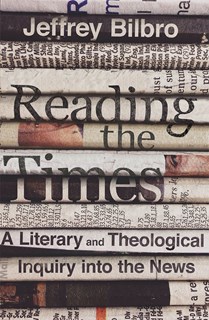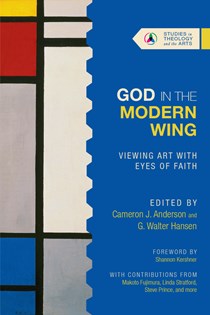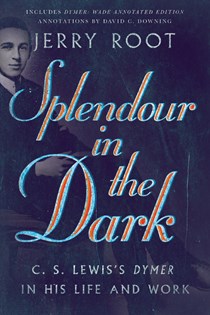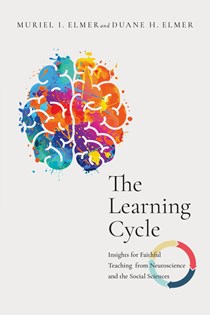Arts & Humanities
-
The Medieval Mind of C. S. Lewis
How Great Books Shaped a Great Mind
by Jason M. Baxter
Many readers know C. S. Lewis as the fantasy writer of the Chronicles of Narnia or the apologist of Mere Christianity. But few know how deeply Lewis was formed by medieval authors like Dante and Boethius and how he saw their worldviews' relevance to the challenges of the modern world. Here, readers will encounter Lewis the medievalist to guide them in their own journey.
-
A Supreme Love
The Music of Jazz and the Hope of the Gospel
by William Edgar
Foreword by Carl Ellis and Karen EllisTheologian and jazz pianist William Edgar places jazz within the context of the African American experience and explores the work of musicians like Miles Davis and Ella Fitzgerald, arguing that jazz, which moves from deep lament to inextinguishable joy, deeply resonates with the hope that is ultimately found in the good news of Jesus Christ.
-
The Everlasting People
G. K. Chesterton and the First Nations
Hansen Lectureship Series
by Matthew J. Milliner
Contributions by David Iglesias, David Hooker, and Amy Peeler
Foreword by Casey ChurchHow might the life and work of Christian writer G. K. Chesterton shed light on our understanding of North American Indigenous art and history? In these discerning reflections, art historian Matthew Milliner appeals to Chesterton's life and work in order to understand and appreciate both Indigenous art and the complex, often tragic history of First Nations peoples.
-
Renewal Worship
A Theology of Pentecostal Doxology
Dynamics of Christian Worship
by Steven Félix-Jäger
Theologian Steven Félix-Jäger offers a theology of renewal worship, including its biblical foundations, how its global nature is expressed in particular localities, and how charismatic worship shapes the community of faith. With this guidance, the whole church might better understand what it means to pray, "Come, Holy Spirit!"
-
Resisting the Marriage Plot
Faith and Female Agency in Austen, Brontë, Gaskell, and Wollstonecraft
Studies in Theology and the Arts Series
by Dalene Joy Fisher
Fiction has long been used to cast vision for social change, but the role of Christian faith in such works has often been overlooked. In this STA volume, Dalene Joy Fisher examines how the works of Jane Austen, Anne Brontë, Elizabeth Gaskell, and Mary Wollstonecraft challenge cultural expectations of women and marriage, exploring how Christianity can be a transformative force of liberation.
-
Charitable Writing
Cultivating Virtue Through Our Words
by Richard Hughes Gibson and James Edward Beitler III
Foreword by Anne Ruggles Gere
Afterword by Alan JacobsHow might we love God and our neighbors through the task of writing? This book offers a vision for expressing one's faith through writing and for understanding writing itself as a spiritual practice that cultivates virtue. Drawing on authors and artists throughout the church's history, we learn how we might embrace writing as an act of discipleship for today.
-
Reading the Times
A Literary and Theological Inquiry into the News
by Jeffrey Bilbro
When we read the news, we are not merely informed—we're also formed. In this refreshing call to put the news in its place, Jeffrey Bilbro helps us gain a theological and historical perspective on the nature and very purpose of news. Offering an alternative vision of the rhythms of life, he suggests thoughtful practices for media consumption in order cultivate healthier ways of reading and being.
-
God in the Modern Wing
Viewing Art with Eyes of Faith
Studies in Theology and the Arts Series
Edited by Cameron J. Anderson and G. Walter Hansen
Should Christians even bother with modern art? This STA volume gathers the reflections of artists, art historians, and theologians who collectively offer a more complicated narrative of the history of modern art and its place in the Christian life. Readers will find insights on the work and faith of artists like Marc Chagall, Jackson Pollock, Mark Rothko, Andy Warhol, and more.
-
Splendour in the Dark
C. S. Lewis's Dymer in His Life and Work
Hansen Lectureship Series
by Jerry Root
Notes by David C. DowningSeveral years before he converted to Christianity, C. S. Lewis published a narrative poem, Dymer, which not only sheds light on the development of his literary skills but also offers a glimpse of his intellectual and spiritual growth. Including the complete annotated text of Lewis's poem, this volume helps us understand both Lewis's change of mind and our own journeys of faith.
-
The Learning Cycle
Insights for Faithful Teaching from Neuroscience and the Social Sciences
by Muriel I. Elmer and Duane H. Elmer
With insights from neuroscience, educational psychology, and learning theory, veteran educators Muriel and Duane Elmer provide a holistic model for how learning takes place. Their learning cycle moves beyond mere recall of information to helping learners value and apply their learning in ways that are integrated into behavior and practice.


